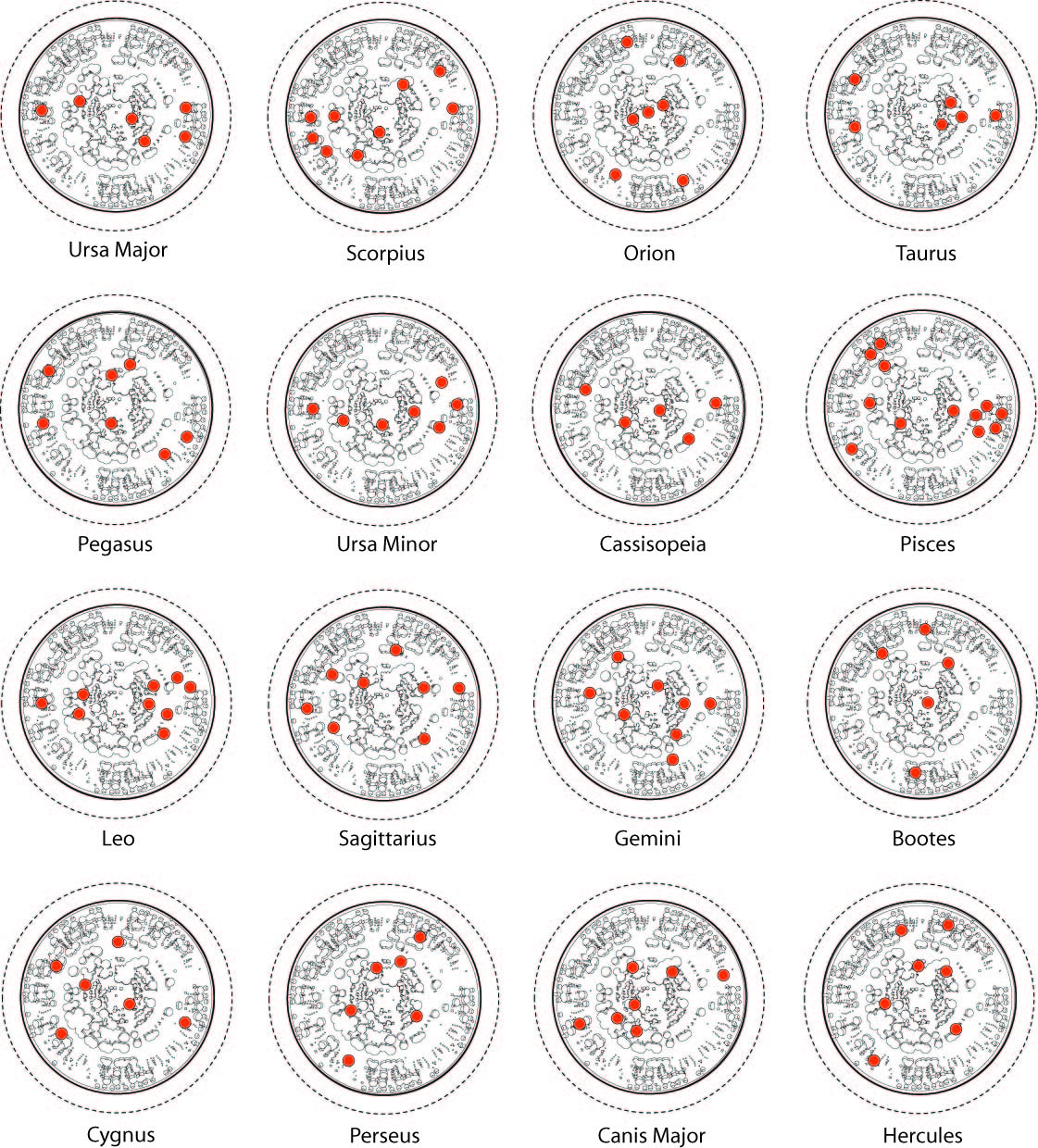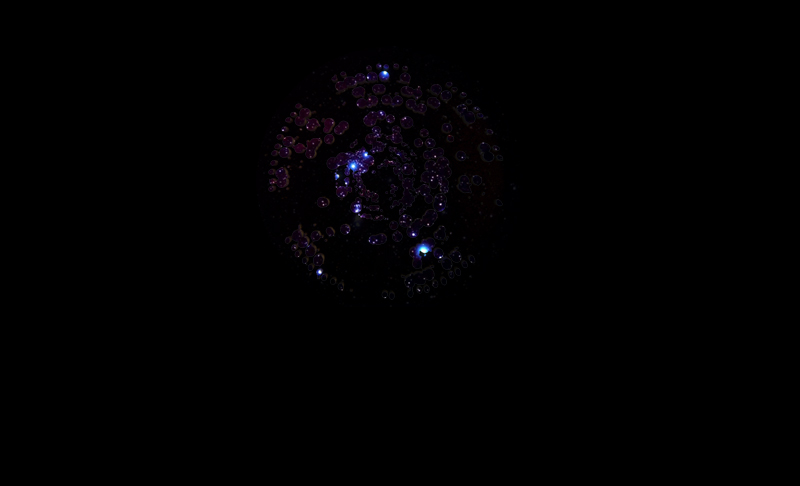
The grain silo is an underprivileged typology in architecture. Too often is it seen as simply, and only, a banal utilitarian tube, or conversely, romanticized by photographic nostalgia. The silo’s complexity lies not in its form, material, or construction but rather in its banal and prosaic nature in relation to contextual ubiquity. In other words, the grain silo represents a confused status between a territorial object and a site-less thing. It is, nevertheless, in its non-functioning state that the grain silo can be experienced anew and its inherent awkwardness as an interior space can be re-conditioned as sensorial and experiential.



Across the U.S. countless abandoned utilitarian grain silos idle. These agrarian silos offer a unique scenario in which abandoned cylinders might be re-purposed as astrological follies.
The Star Gardens liberate the utilitarian silo from its once singularly functional obligation with hemispherical domes perforated with 1,800 oculi that both calibrate and confuse 16 constellation patterns. By day, the perforations illuminate the hollow interior with a kaleidoscopic array of light. By night, the silo and its dome become a celestial device for star gazing in which particular constellations align with specific oculi at particular times, but otherwise the excess of apertures encourages the invention of new constellations.
The Star Gardens liberate the utilitarian silo from its once singularly functional obligation with hemispherical domes perforated with 1,800 oculi that both calibrate and confuse 16 constellation patterns. By day, the perforations illuminate the hollow interior with a kaleidoscopic array of light. By night, the silo and its dome become a celestial device for star gazing in which particular constellations align with specific oculi at particular times, but otherwise the excess of apertures encourages the invention of new constellations.






